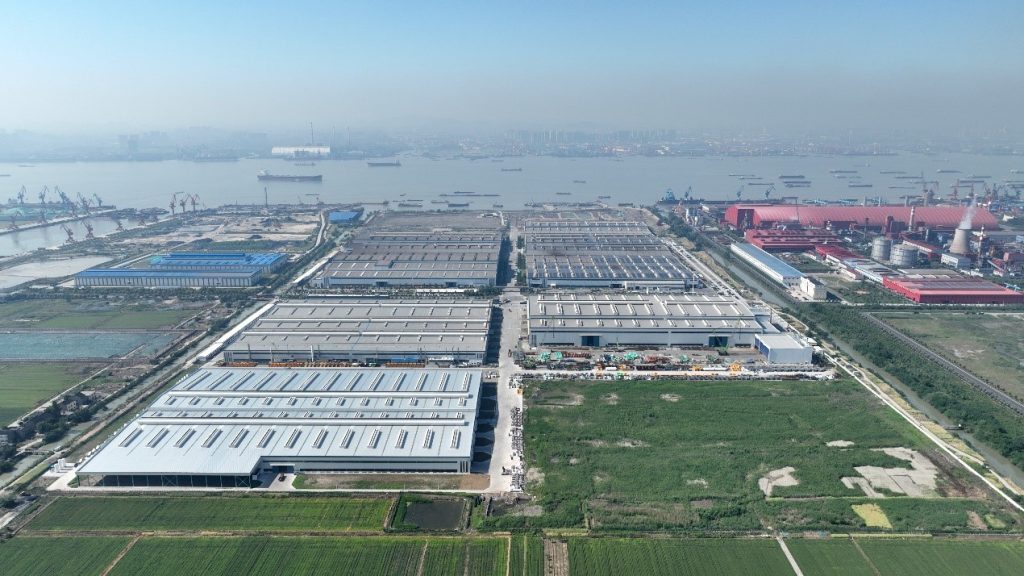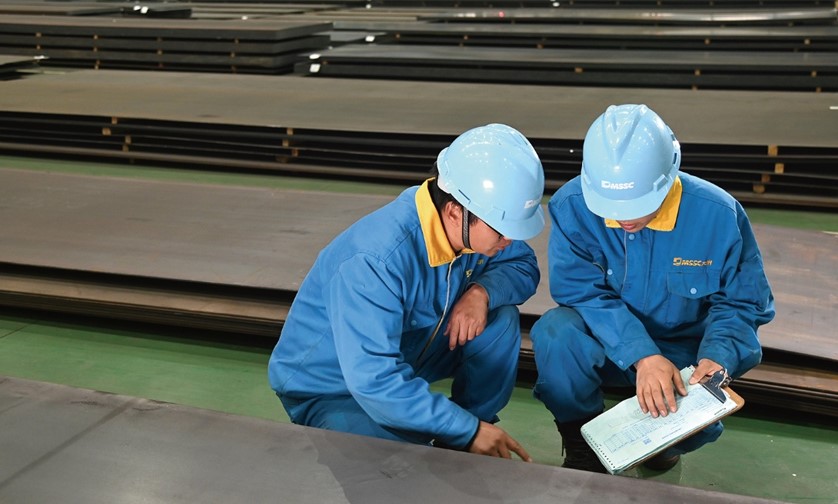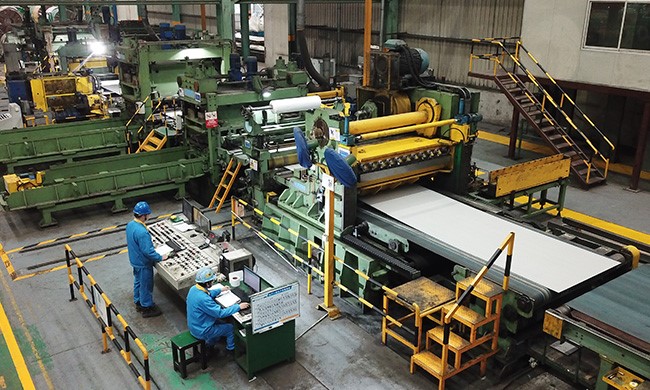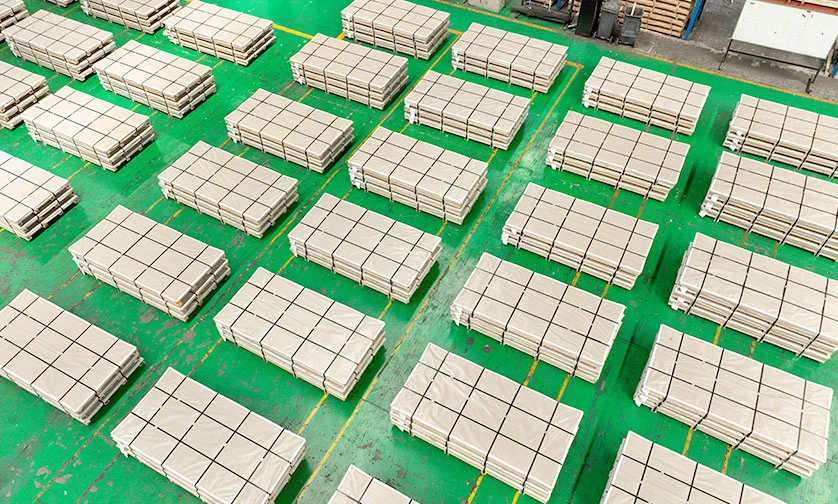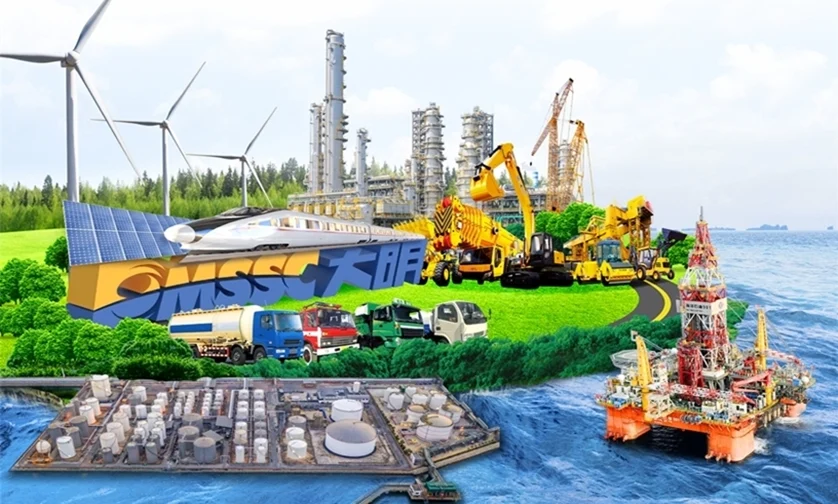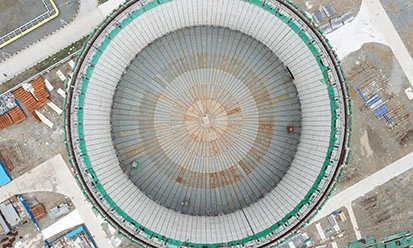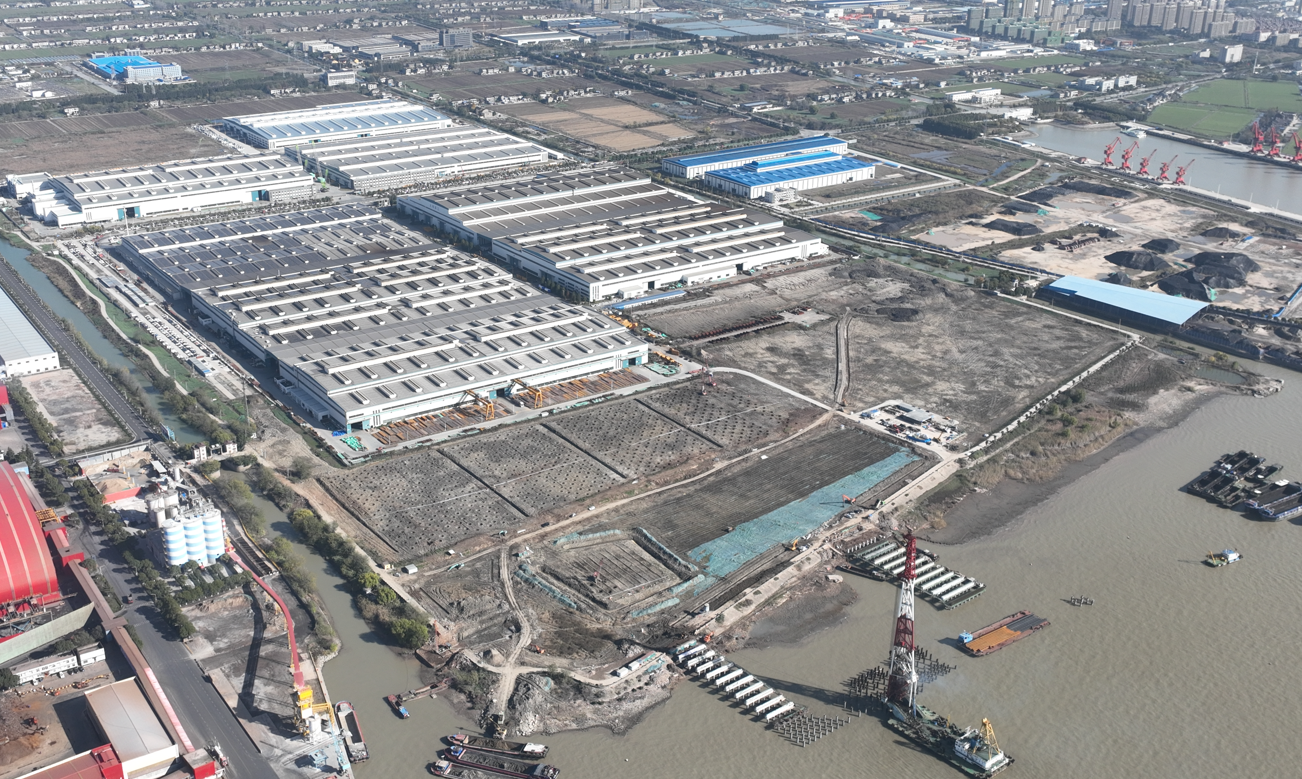On December 27, 2024, the acceptance meeting of Daming Yangtze River Terminal Project (water part) was successfully held in Jingjiang. The acceptance group unanimously agreed to pass the completion acceptance, marking a milestone in the construction work of the terminal project.
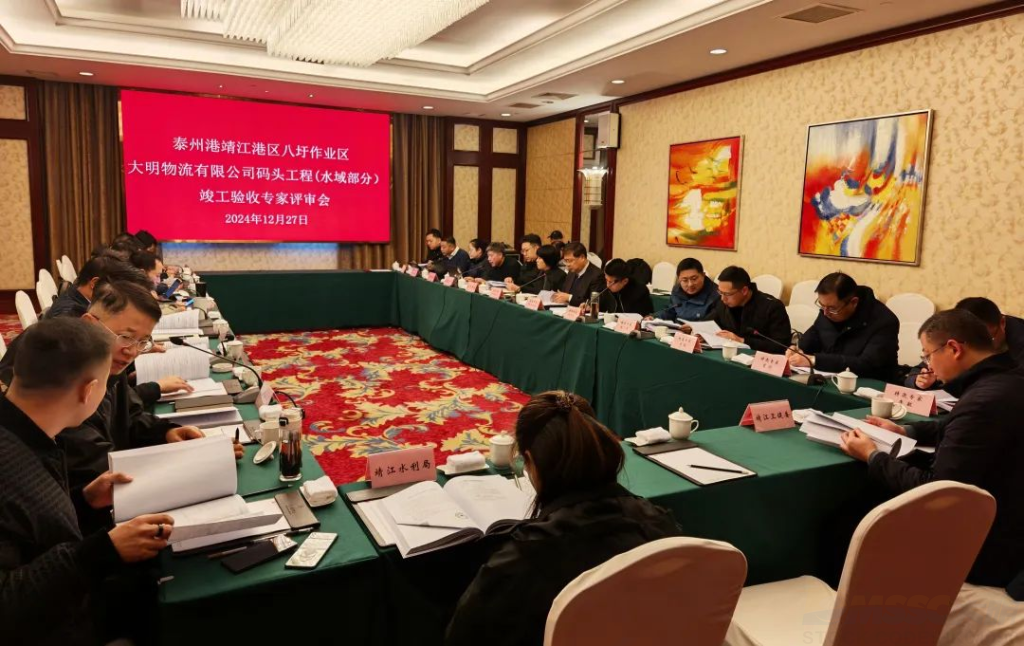
Taizhou Municipal Bureau of Transportation, Taizhou Municipal Transportation Comprehensive Administrative Law Enforcement Detachment, Taizhou Municipal Port and Navigation Business Development Center, Taizhou Maritime Bureau, Jingjiang Municipal Bureau of Transportation, Jiangyin-Jingjiang Industrial Park Port Affairs Bureau, Jingjiang Municipal Water Conservancy Bureau, Jingjiang Municipal Health Health Committee, Yangtze River Zhenjiang Waterway Office, Jiangyin Branch of Jiangsu Provincial Special Inspection Institute, as well as other relevant departments (design, construction, supervision, audlt) are invited to participate in the acceptance meeting.
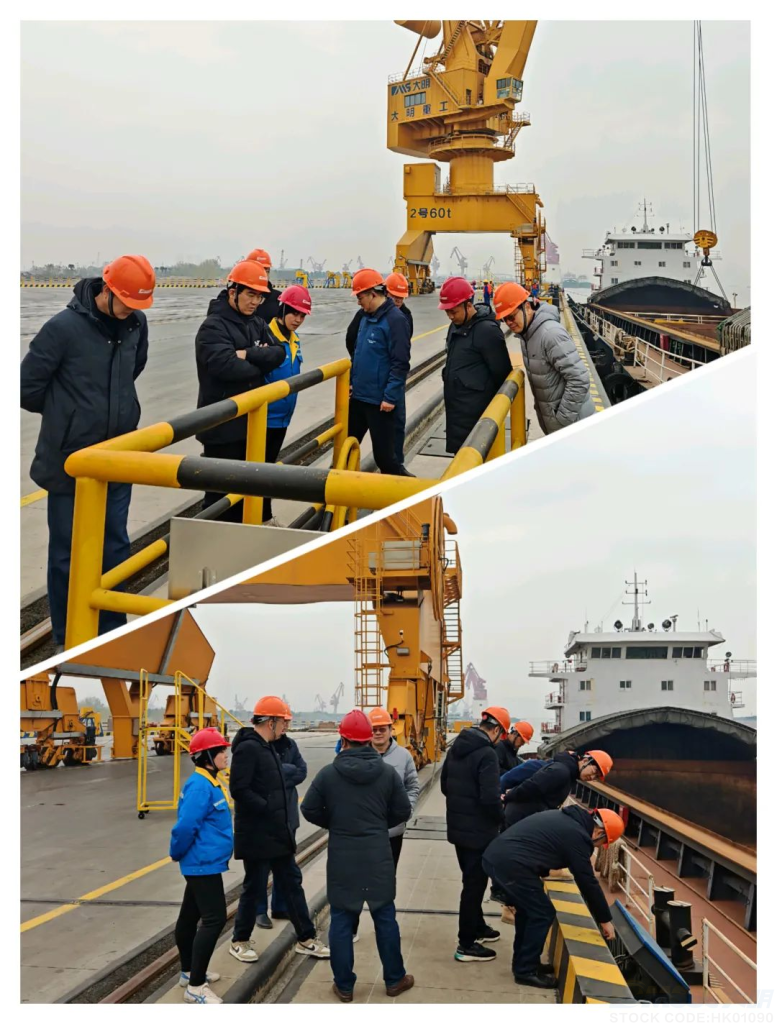
The completion and acceptance means that Daming Yangtze River Terminal is about to formally enter the stage of external business, which will provide strong support for regional logistics and transportation.
Overview of Daming Yangtze River Terminal Project
Located in Jiangyin-Jingjiang Industrial Park, Jingjiang City, Taizhou City, Jiangsu Province, between Lower Four Wei Port and Lower Five Wei Port, the first phase of the project has a 40,000-ton general cargo berth, which can meet the berthing operations of one 10,000-ton heavy-lift ship and one 5,000-ton heavy-lift ship at the same time. The terminal is equipped with two fixed mast cranes with the largest lifting capacity of 1,200 tons (combined lifting capacity of 2,200 tons) and two 60-ton four-link gantry cranes.
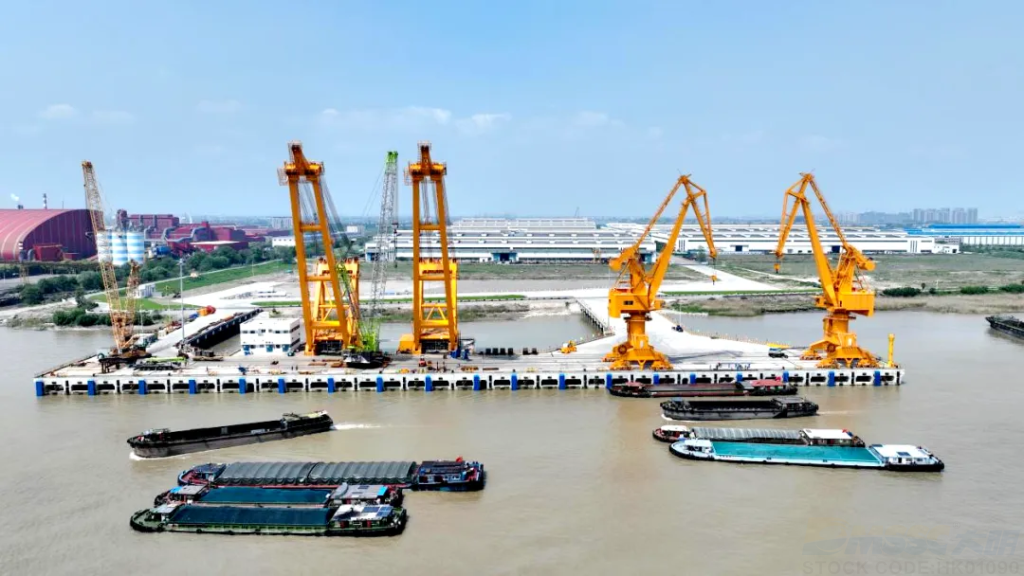
A port terminal plays a crucial role in the operational efficiency of a manufacturing company and significantly impacts its customers. The terminal serves as a vital gateway for the import and export of raw materials and finished goods, facilitating seamless logistics and supply chain management.
By providing direct access to shipping routes, a port terminal enables Daming to reduce transportation costs and delivery times, especially for the transportation of the heavy and long steel materials and steel structures, which enhances our competitiveness in the market. Furthermore, the terminal’s infrastructure supports the handling of large volumes of cargo, ensuring that products are moved swiftly and safely. This efficiency not only benefits the Daming by optimizing production schedules but also improves customer satisfaction through timely deliveries and reliable service. In essence, the strategic location and capabilities of Daming port terminal are indispensable for fostering growth and maintaining strong relationships with our customers.

